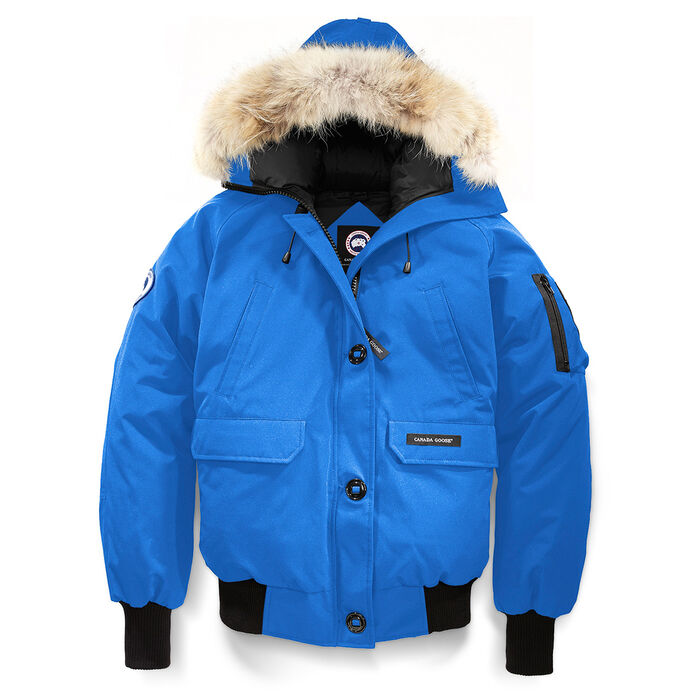
Journey behind the scenes with

Join us, in partnership with Canada Goose, for a once-in-a-lifetime experience for you and a guest in the polar bear capital of the world. Enter now for your chance to be a part of this exclusive opportunity.
#SaveOurSeaIce
Experience Entry
This trip, taking place in Churchill, Manitoba from November 7th to 9th, 2019, will
include a
guided tour of Churchill, excursions in a private tundra buggy led by PBI scientists, and
gifting of
Canada Goose’s PBI collection product. All expenses, including flights and accommodation, will
be
included.
Enter below for your chance to be a part of this exclusive opportunity.
Featured Products
SHOP ALL
"The sea ice is to the arctic ocean as soil is to the forests"
The breakup on Western Hudson Bay was historically in mid-July, with considerable natural fluctuation between years. Now the breakup is over three weeks earlier, on average, then it was in the 1980s.
VIDEO
The Western Hudson Bay polar bears live in a Seasonal Sea Ice Eco-region, a
part of the Arctic where the ice melts completely each summer and freezes again in the fall.
Although every eco-region differs, what we learn about climate change impacts in well-monitored
areas like Hudson Bay can be applied across the Arctic to help conserve other
populations.
Read More at Polar
Bears International
DID YOU KNOW
Each year is different in the Arctic, a process called inter-annual variation. To see changes and trends, scientists look at long-term datasets. Decades of data show that there is a warming trend in the Arctic, with resulting sea ice loss. Climate warming is happening at different rates and times across the Arctic. The resulting sea ice changes impact polar bears differently depending on age, body condition, reproductive status, and local pressures including pollution and harvest.
LEARN MORE
About the only species of bear that fully depends on the marine ecosystem and help your membership understand the four major sea ice eco-regions. These are defined by how the sea ice forms and changes in different parts of the Arctic throughout the year and how polar bears respond to these changes. Learn more about current sea ice conditions from the National Snow and Ice Data Center.
#ClimateActionNow
#RiseForClimate
-
Learning more about your local and regional renewable energy options and programs.
Are there any solar or wind energy options available to you? Does your local energy company offer sustainable energy incentives? Are there any local programs aimed at reducing emissions?
-
Supporting a state/province/country wide renewable energy program directly.
Support civic leaders who commit to invest in programs that make renewable energy affordable and accessible across communities. Let these leaders know that you want efficiency standards and renewable energy sources for constructing, heating, cooling, and lighting the places where we all work and live. You can start by writing a letter or reaching out on social media.
-
Sharing & Influencing
Sharing what you’ve learned about how we can all make a difference outside our own households and influence decisions on where our energy comes from.




